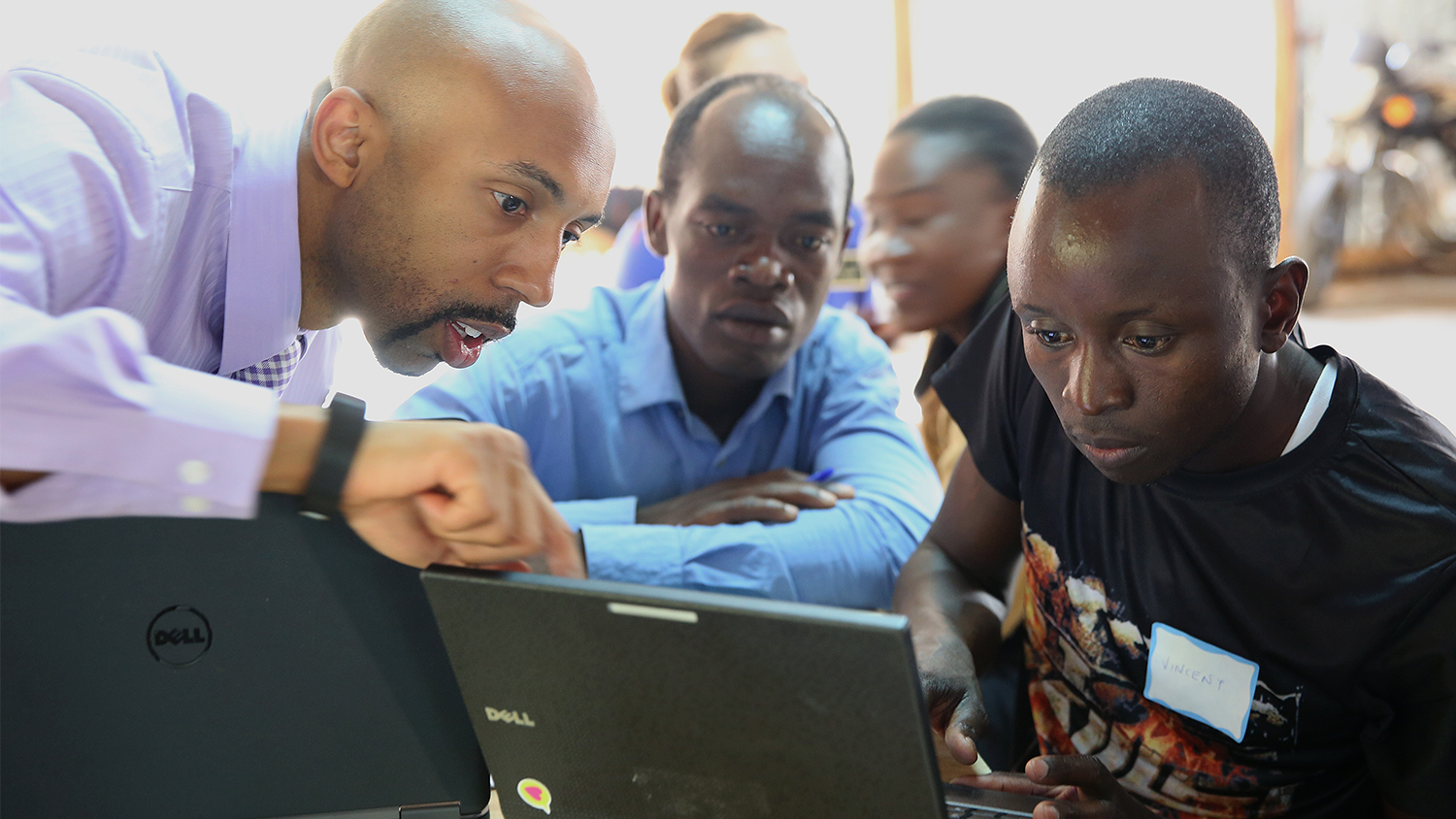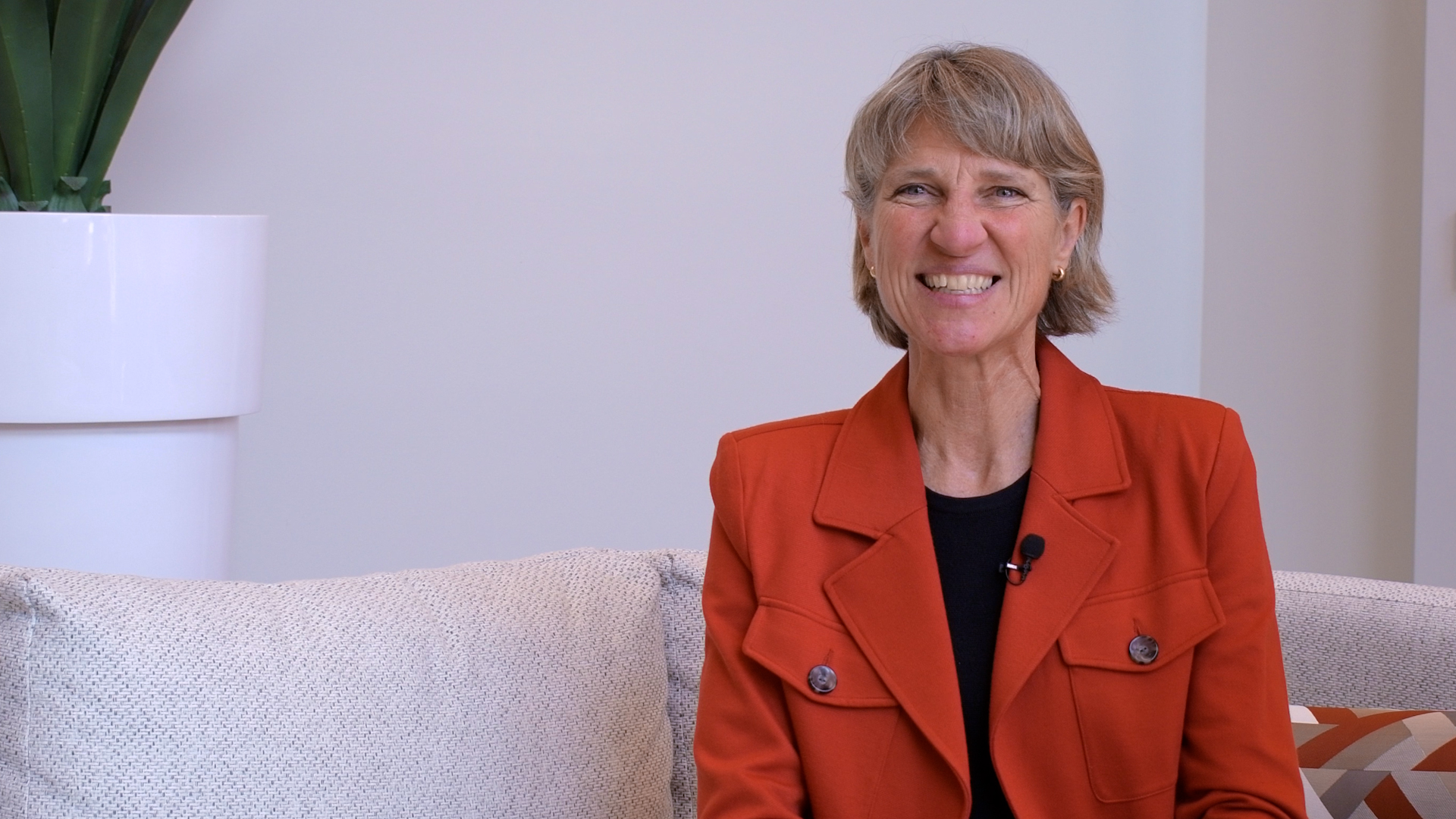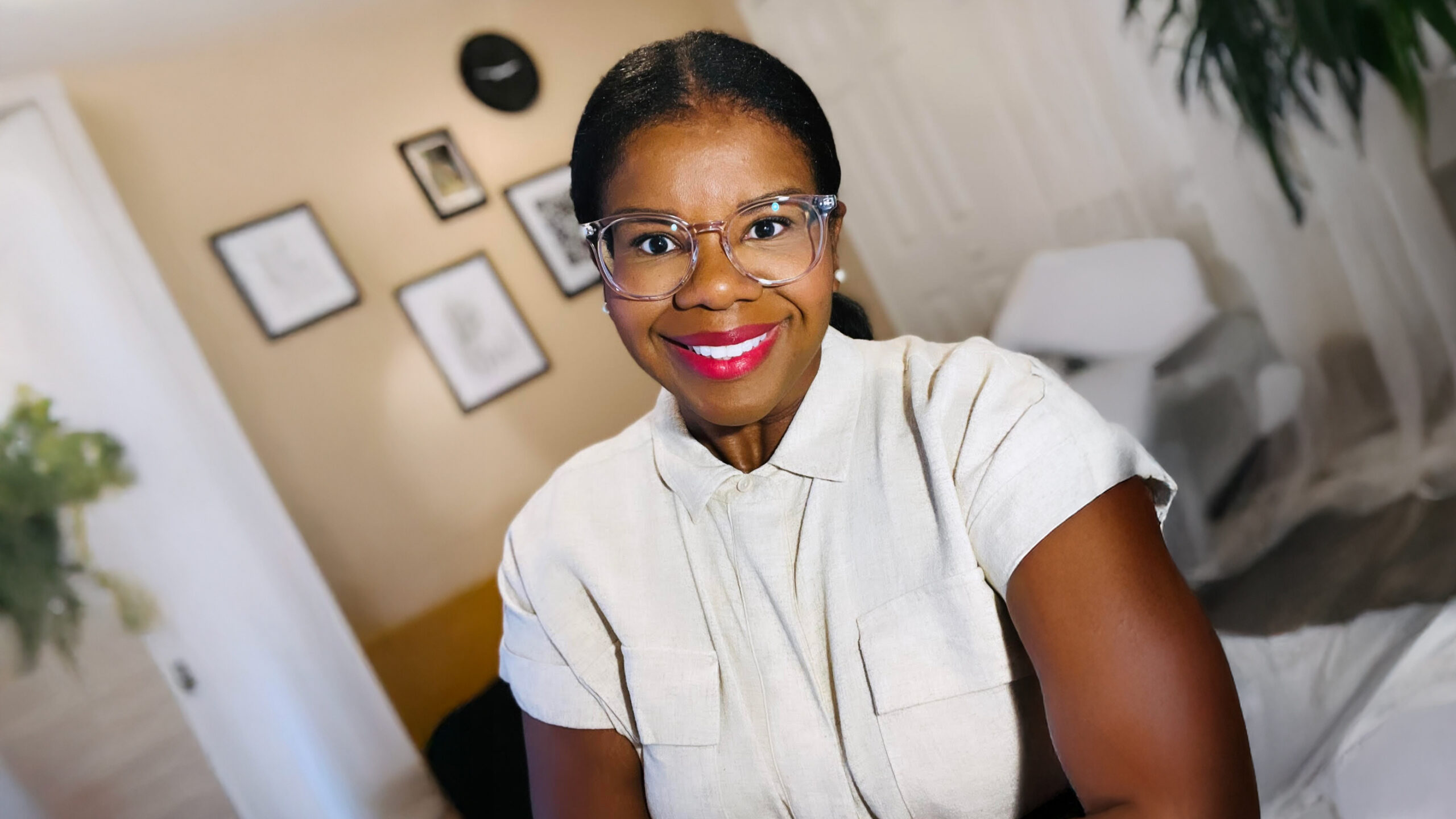Associate Professor DeLeon Gray Aims to Help Mathematics Teachers Engage in Belonging-centered Instruction Through New Grant-funded Project

DeLeon Gray, Ph.D., an associate professor of educational psychology and university faculty scholar at the NC State College of Education, is hoping to provide educators with a guide to inclusive and belonging-centered mathematics instruction through his work on a new project in collaboration with Montclair State University.
Gray will serve as a co-principal investigator working with principal investigator Jamaal Matthews, Ph.D., of Montclair State University, on the 1-year “Belonging-Centered Instruction: An Approach to Establishing Inclusive Mathematics Classrooms” project funded by the Bill and Melinda Gates Foundation. The College of Education will receive $31,533 of the grant’s $324,998 funding.
The project grew out of a 2018 award-winning paper co-authored by Gray, Elan Hope, Ph.D., and Matthews, that investigated the opportunities black adolescents have to feel a sense of belonging at school and suggested aspects of the school environment that can support that feeling.
“The Bill and Melinda Gates Foundation and the Mindset Scholars Network were interested in how belonging is a part of a learning environment that ideally honors and affirms students in a subject area like mathematics, a subject area that can be very difficult for many, but also very stigmatizing for black students and members of other historically marginalized populations,” Gray said.
Through the project, Gray will work with an ethnically diverse team to analyze videos depicting teachers’ instructional practices, using a large data set of approximately 3,000 middle grades teachers filmed as part of the Measures of Effective Teaching (MET) Collection. Through observation of the footage, they hope to identify examples of inclusive practices and create a compilation of tangible, practical strategies for belonging-centered instruction that educators can employ in the classroom. In addition, they hope to develop a strong observational protocol around belonging-related dimensions of a classroom environment.
The final product, Gray said, would give teachers a guide for how to support their students through belonging-centered instruction and provide principals and other school leaders who conduct evaluations with the tools to assess the presence of an inclusive educational climate within the context of a specific academic subject.
“My hope for this work is that it will serve as a guide for teachers who are motivated to take on the challenge of providing more equity-focused instruction to their students,” he said. “What’s cool about belonging in mathematics is that we can think about the interpersonal aspects of belonging and then there’s the instructional side of belonging as well, which presents teachers with a host of opportunities and strategies to honor and affirm students.”
The project is unique in that it will employ both inductive and deductive observation methods to depict how teachers effectively address student belonging during instruction.
Gray said that the project team will start with an inductive approach that is built around the perspectives, traditions and experiences of communities of color in order to address their culturally-specific needs in the classroom. They will then use their observations to understand the extent to which the belonging opportunities students have within their schools predict academic outcomes.
He notes that it’s especially important to focus on student belonging and its impact on outcomes in mathematics classrooms because the subject is a “gateway course” that can lead to a variety of STEM careers. However, it is also a subject where students of color have been historically marginalized and where they may have a hard time relating to or seeing themselves in the lessons when educators are not intentional about connecting curriculum and instruction to their lives, their histories and their communities.
“Teachers may think they’re teaching well, but if the content doesn’t connect with the students and it’s not customized or tailored for them, students will sense that,” Gray said. “Our team wants to spark a conversation about how putting belonging at the base of mathematics instruction tells a student that they matter, their perspectives matter and they are wanted here in this context, and letting that be the basis for why students not only feel welcome but celebrated to reach their brilliance in a way that is consistent with academic success.”
- Categories:


